-
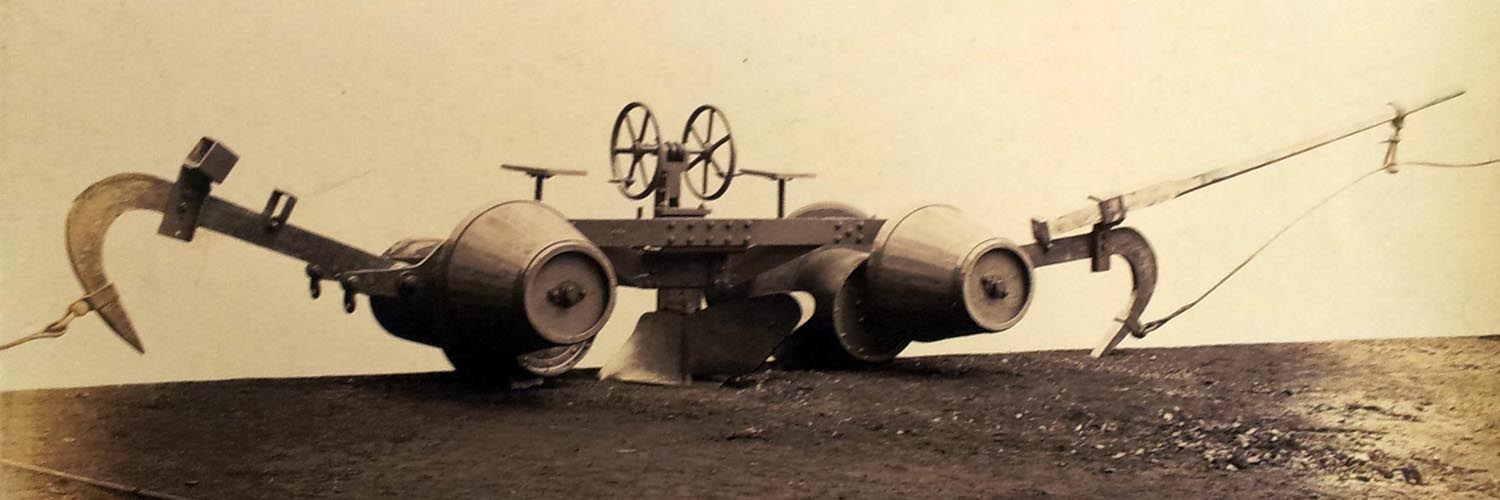
The steam plough was a popular device for working the land in the late 19th century. It posed considerable challenges due to its size, weight and operation, becaming redundant with the development of the internal combustion engine. This case explains how Fowler's steam ploughs were adapted for specific use in Egypt during the 1870s.
-
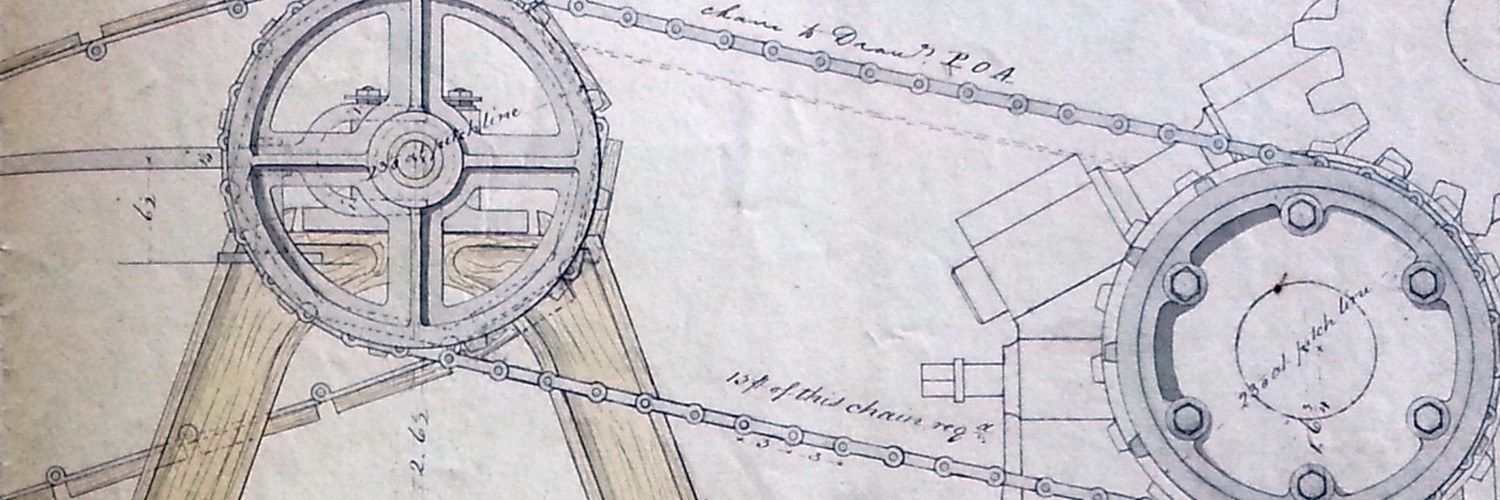
Sugar production was a labour-intensive process, and with the abolition of slavery became a major driver for mechanisation during the industrial revolution. The West of Scotland in particular was from the 1830s home to a range of companies who utilised expertise from other heavy industries to support work on the plantations.
-
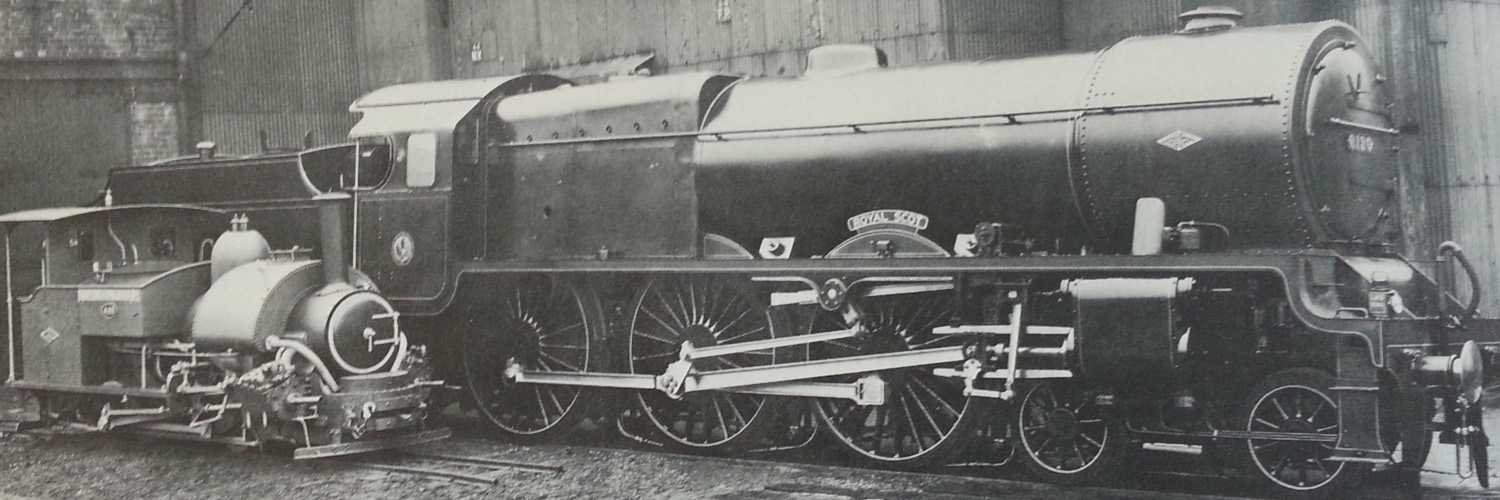
The development of the colonial mountain railways, and in particular the Darjeeling line, meant addressing very particular environmental challenges and opened up a cultural exchange with passengers.
-
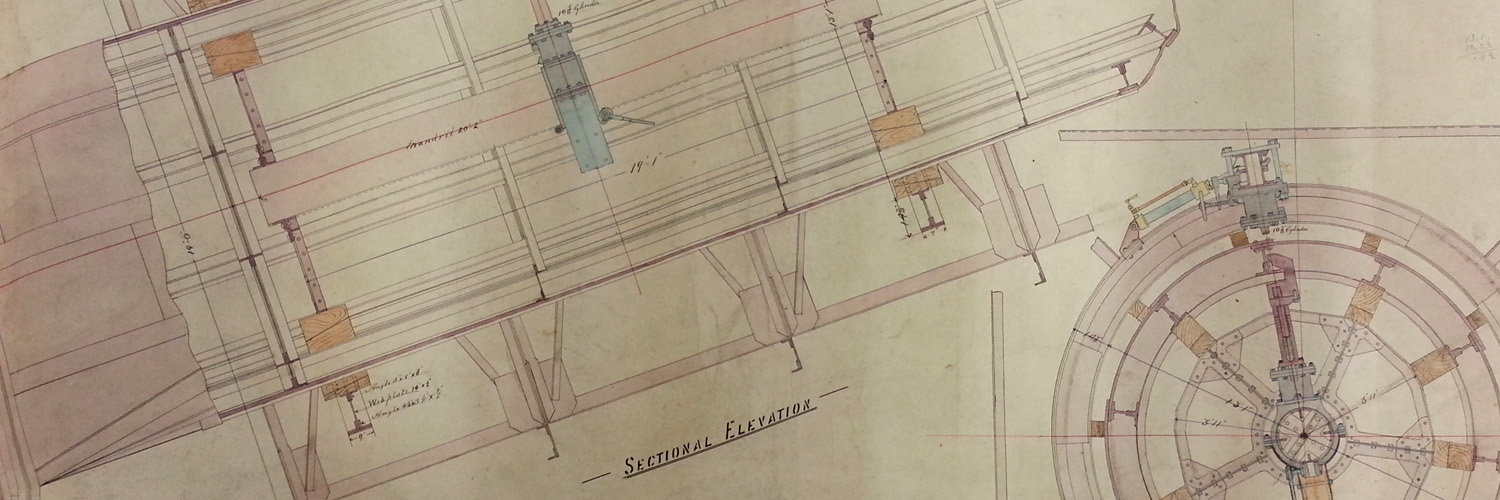
Railway bridge development across the empire was characterised by logistical and environmental challenges unique to each instance. This case examines the innovative equipment developed by William Arrol to improve the efficacy of installation on-site.
-
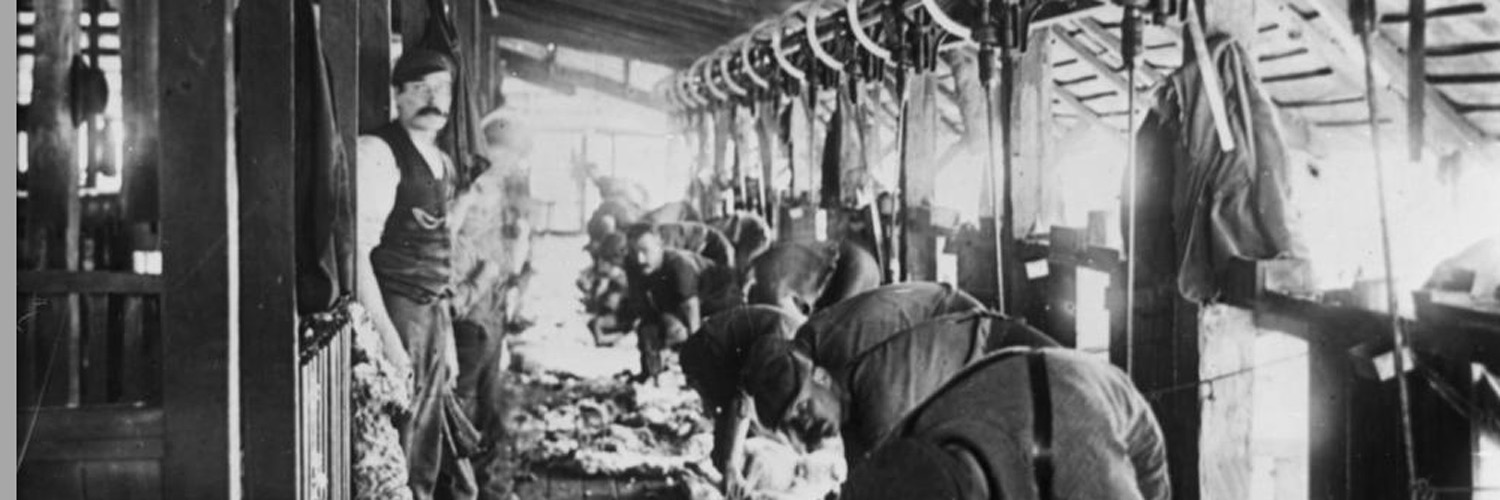
Sheep shearing is the closely related to the story of Frederick York Wolseley and his travels across the empire. Born in Dublin, he emigrated to Australia when he was 17 and founded The Wolseley Sheep Shearing Machine Company in Sydney, Australia before returning to Birmingham to establish a global engineering concern.